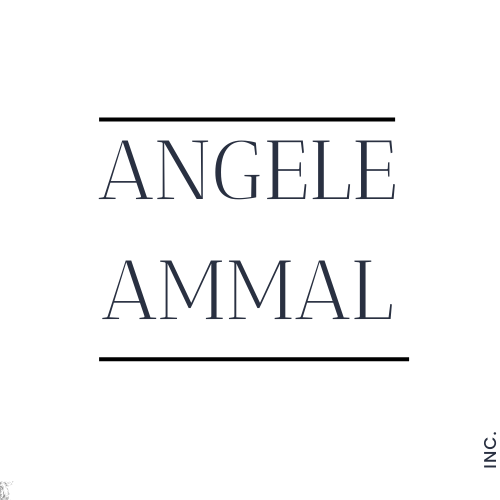Two different dramas. One very important distinction. Ever stared at your skin in the mirror wondering if those bumps are stubborn blackheads or something more sinister? You’re not alone. The confusion between comedonal acne vs. fungal acne is one of beauty’s most common plot twists. One thrives on excess oil and clogged pores, the other on yeast and humidity but both can ruin a perfectly good complexion (and mood). In this chic guide, we decode the differences, causes, and dermatologist-approved fixes so you can finally stop misdiagnosing and start treating your skin with precision. Because let’s face it: chic girls don’t guess they know.

Picture this: you’ve invested in a retinoid, a weekly clay mask, and a non‑comedogenic everything… yet those bumps are still there. Cue the self‑diagnosis spiral — is it acne? Is it fungal? Is it time to throw out your entire skincare shelf? Before you go Marie Kondo on your products, let’s get clear: comedonal acne and fungal acne are not the same thing. They may look similar in your bathroom mirror, but their causes, treatments, and timelines are completely different.
Comedonal Acne 101
The look:
- Tiny, flesh‑coloured or dark bumps
- Blackheads (open comedones) or whiteheads (closed comedones)
- Usually found along the T‑zone, forehead, and chin
The cause:
- Sebum and dead skin cells plugging the pore
- Hormonal shifts
- Product build up
The treatment:
- Prescription retinoids (tretinoin, adapalene)
- Use AHA/BHAs like salicylic acid, glycolic acid etc
- Non‑comedogenic skincare
- Professional extractions
- Consult a dermatologist
- Try organic antibacterial oils like tea tree oil mixed with a carrier oil like rosehip oil
Fungal Acne 101
The look:
1. Small, sometimes itchy uniform bumps
2. Can show up on the face, chest, or back
3.Often mistaken for regular breakouts
The cause:
1.Overgrowth of Malassezia yeast
2.Triggers like humid climates or allergens
3. Heavy occlusive skincare
The treatment:
1.Antifungal ingredients (ketoconazole shampoo as a face wash, zinc pyrithione)
2.Avoiding overly occlusive products
3. Showering promptly after sweating
The Key Differences
| Feature | Comedonal Acne | Fungal Acne |
|---|---|---|
| Cause | Oil + dead skin cells | Yeast overgrowth |
| Itchiness | Rare | Common |
| Location | Face, esp. T‑zone | Face, chest, back |
| Treatment | Retinoids, acids | Antifungal agents |
| Triggers | Hormones, pollution | Sweat, humidity |

Why It Matters
Treating fungal acne like comedonal acne (or vice versa) is a fast track to frustration. Retinoids won’t kill yeast, and antifungal washes won’t unclog pores. The magic is in knowing which you have and acting accordingly.
Pro Tip From Angèle Ammal
When in doubt, consult a dermatologist before overhauling your skincare. And remember: sometimes both can coexist (yes, life is unfair), meaning you’ll need a treatment plan that tackles both oil and yeast without compromising your barrier.
Related Reading: The Ultimate Guide to Comedonal Acne for a full breakdown on causes, treatments, and routine blueprints.
comedonal acne vs fungal acne, fungal acne symptoms, malassezia folliculitis, acne misdiagnosis, identifying fungal acne, spotting comedonal acne on skin, fungal acne skincare routine, comedonal acne treatment options

